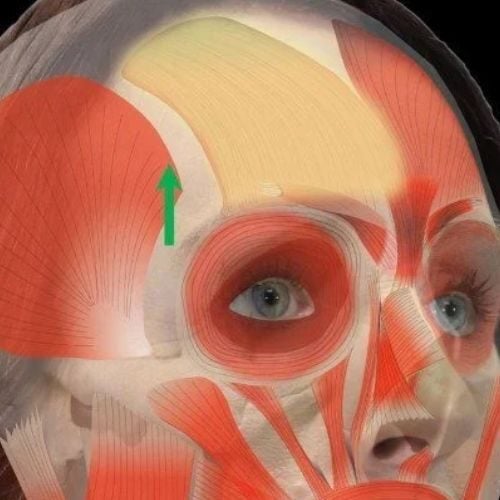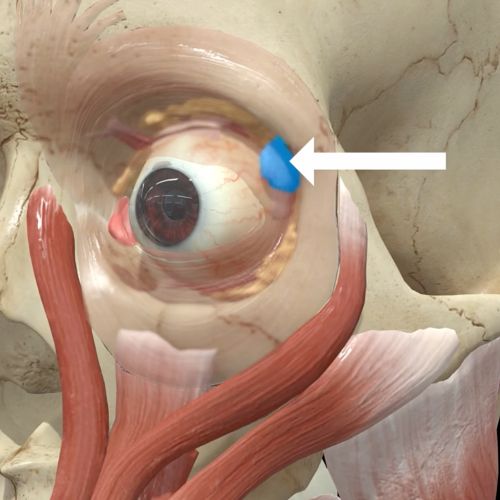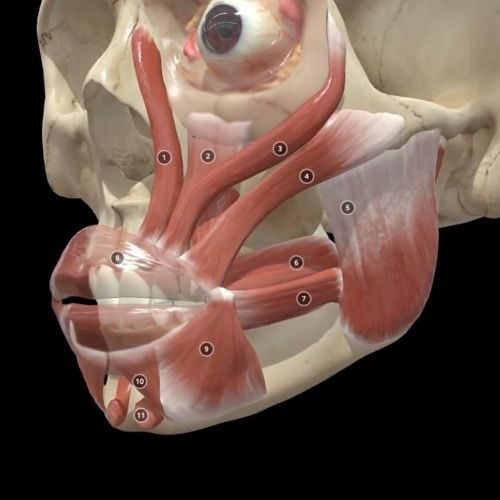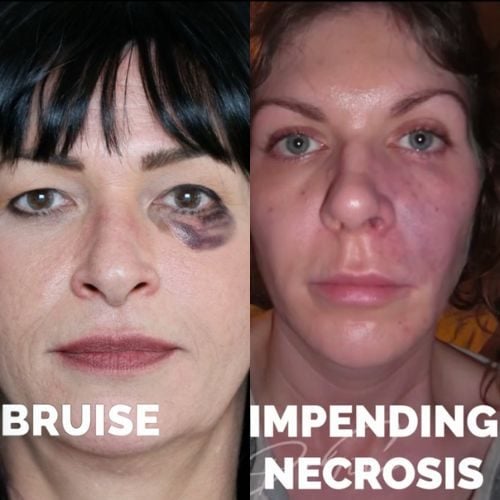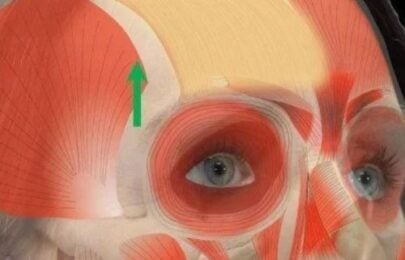- Mail us: support@drtimpearce.com
Is injecting filler into tear troughs via the mouth risky?
You may be interested
 Dr Tim Pearce
Dr Tim Pearce
 Dr Kassir, an American facial plastic surgeon went viral recently after uploading a video reel to his Instagram feed in which he was seen using a technique for injecting the tear trough with dermal filler by going through the mouth and the buccal cavity.
Dr Kassir, an American facial plastic surgeon went viral recently after uploading a video reel to his Instagram feed in which he was seen using a technique for injecting the tear trough with dermal filler by going through the mouth and the buccal cavity.
His post had garnered over 500 comments, at the time of writing this blog, with many aesthetic injectors criticising his technique as an infection risk.
In this blog, Dr Tim Pearce discusses the case shown in Dr Kassir’s video, explains why he will not be changing his technique for treating tear troughs, and objectively reviews the pros and cons of this technique, allowing you to learn about the lessons raised in terms of both anatomy and potential complications.
Watch Dr Kassir’s video on Instagram Reels.
Dr Tim will be discussing more medical aesthetic training tips as part of his upcoming webinar series, so if you’re looking to increase your CPD-certified learning and want to learn more skills to make you a better clinician, then step one is to register for the free webinars by Dr Tim.
Dr Kassir and the tear trough technique controversy
Viewing the video, you can see that it starts after the cannula is already in place, the patient appears relaxed and comfortable as the injector deposits dermal filler into the tear trough via this unusual route through the mouth. Although use of a needle is mentioned in the dialogue, the action viewed on the video would indicate the use of a cannula, in Dr Tim’s opinion.
The injector, Dr Kassir, is a highly experienced, board-certified U.S. plastic surgeon, and it was because of this that Dr Tim chose to objectively think through and discuss the motivations for using this technique, and to look at what is both good and bad about this approach.
We can see from the video that the cannula has been inserted under the top lip into a hole in the buccal cavity. The buccal cavity was cleaned with a betadine (povidone-iodine) solution prior to the procedure. The cannula was pointed straight up towards the orbit, passing underneath all the muscles of the face, past the origin of the infraorbital artery, nerves, through the deep medial cheek fat, parallel with the possible position of the angular artery – that sometimes crosses over from the lateral to medial more superiorly in a significant minority of cases – and alongside the angular vein; which Dr Tim believes it will pass quite closely to, probably inferiorly, just before entering the sub orbicularis oculi fat (SOOF). Once through the orbital retaining ligament, the filler product is placed in the SOOF, where tear trough filler placement is commonplace. The result seen on the video is good, the patient appears happy, and Dr Kassir claims a decrease in pain for the patient and a minimisation of bruising with this technique.
We can certainly conclude that this approach is far from common when it comes to tear trough filler procedures, however, there is little real world, peer-reviewed, published data to evidence that there is anything wrong with this approach to treatment. This blog aims to objectively review the approach and not judge the individual practitioner.
The pros and cons of injecting filler into the tear troughs via the mouth
When approaching a tear trough treatment, aesthetic injectors should be seeking to replace lost volume in the tear trough whilst minimising damage to nerves, arteries, and veins, alongside avoiding causing vascular occlusions, minimising the risk of infection, and making it as comfortable as possible for the patient. Perceived wisdom is that the deeper injection is lower risk in the tear trough for aesthetic complications such as oedema (puffiness) which may occur over time.
The potential pros of an oral approach to tear trough filler
- The entry point is so deep with respect to the anterior face that it is probably true that the risk of bruising may be lower, especially as a cannula is likely the instrument used.
- Vessels, including the facial artery, close to the entry point, are likely to be above the cannula.
- Any trauma at the entry point is likely to be invisible to the patient as it is so deep within the tissue.
- The depth of entry does make it unlikely for the cannula to ever find its way into the superficial plain, which is what we want, because deep injections for tear trough are optimal.
- The cannula is behind all the major muscles of the face.
 The potential cons of an oral approach to tear trough filler
The potential cons of an oral approach to tear trough filler
- The primary concern is infection, no doubt, the area was cleaned beforehand, but the patient’s normal flora will instantly bathe the entry point within the first few minutes after a procedure. In defence of this risk, it is debatable whether a small entry hole in the tissue in this environment would present an infection risk for most patients, as we see needle entries as routine practice in dentistry for the delivery of nerve blocks. The additional risk in this case comes from the cannula dragging bacteria all the way into the area where the filler is placed. The combination of both filler product and bacteria presents a significant risk. Although this could be mitigated with a thorough cleansing routine, it still presents more of a risk than a percutaneous approach.
- The path of the cannula appears to be crossing some important anatomical structures – the infraorbital nerve, artery and vein will all be vulnerable to trauma, even from a cannula. At the very least, it will be uncomfortable if an injector were to push the cannula fractionally deeper than intended into the foramen, which may be more of a concern for an inexperienced injector, however, it is an inherent risk from the angle of entry.
- Before entering the SOOF, it is likely to encounter the levator labii superioris, at its origin, as the cannula is so deep to the entry point. Therefore, it could be both difficult and uncomfortable to negotiate a way through the muscle.
- At that same point, the angular artery is parallel to the cannula and probably medial, and similarly the facial vein is likely to be very close, and on occasion directly in the path of the cannula. These are not a guarantee of a complication, or a problematic procedure, but these structures are a consideration when deciding on the best path to enter the SOOF.
- There is a potential risk from the cannula going too far. With this angle of entry, the cannula is pointed directly at the eye and with many patients a herniation of the retrobulbar fat and orbital membrane increases the chance of filler making its way behind the orbital septum. Filler causing persistent swelling in the orbit that is resistant to superficial hyaluronidase can be the result.
How does a more commonplace approach to tear trough filler compare with the intra-oral technique?
 Dr Tim explains that his preferred method of revolumising the tear trough involves using a cannula via an entry into the lateral cheek, superior to the zygomatic ligament, and inferior to the orbicularis oculi ligament. The cannula is then passed through the cheek fat underneath the muscle. This technique avoids most arteries, nerves, veins, and muscles, and the entry point is more easily cleaned and kept clean during and after the procedure. If you were to approach too superiorly, you could still enter the orbit, but the angle of approach makes this less likely, and going too deep is most likely going to result in hitting the nose rather than the globe of the eye. The one point of note from this technique is that the arteries and veins, in the minority of cases, run parallel with the cannula, making a vascular occlusion potentially more likely, although rare. The extremely thin skin around the eye makes it very easy to locate the cannula as you perform treatment so you can more readily ensure you are not injecting into a vessel.
Dr Tim explains that his preferred method of revolumising the tear trough involves using a cannula via an entry into the lateral cheek, superior to the zygomatic ligament, and inferior to the orbicularis oculi ligament. The cannula is then passed through the cheek fat underneath the muscle. This technique avoids most arteries, nerves, veins, and muscles, and the entry point is more easily cleaned and kept clean during and after the procedure. If you were to approach too superiorly, you could still enter the orbit, but the angle of approach makes this less likely, and going too deep is most likely going to result in hitting the nose rather than the globe of the eye. The one point of note from this technique is that the arteries and veins, in the minority of cases, run parallel with the cannula, making a vascular occlusion potentially more likely, although rare. The extremely thin skin around the eye makes it very easy to locate the cannula as you perform treatment so you can more readily ensure you are not injecting into a vessel.
In conclusion, Dr Tim favours this more commonplace approach as the underlying anatomy makes it both simpler and lower risk with respect to infection and the number of structures in the path of the cannula. If you are keen to learn more, why not consider tear trough and periorbital rejuvenation training with Dr Tim Pearce and the team at SkinViva Academy.
Dr Tim would love to hear your thoughts on tear trough treatments and this more controversial approach, are you an advocate for it or does it give you the shivers? – let him know what you think by dropping a comment on social media, you can find Dr Tim Pearce on Instagram.
Aesthetics Mastery Show
Dr Tim reacts to new mouth technique
This blog follows our recent Aesthetics Mastery Show, in which Dr Tim Pearce discussed the technique.
Watch the full Aesthetics Mastery Show here.
The show has active discussion from aesthetics professionals. Some of the latest comments include:
“I myself will not consider practicing this new mouth technique due to potential infection and hitting infraorbital artery like you mentioned in the video. In most of the cases, I make my entry point like you demonstrated in the video or more lateral underneath of the zygomatic arch for cheek and tear trough correction (greater coverage via one entry). Cheers.”
Dr. David Wu
“I am old enough to remember when the oral approach was lectured about by key. opinion leaders to be done for lateral cheek augmentation, and old enough to remember the explosion of what we now know is biofilm. Tartar on pts teeth is biofilm. Many patients have periodontal disease, and certain fillers are difficult to remove. This technique to me, is dangerous. People love to be outrageous on IG, but not a great place for education.”
Mary Maloney
“I agree and was shocked when I saw this approach, for all of the reasons you pointed out. For years I’ve used the same approach as you with a 27g, then a 25g cannula and now a 22g and get great results.”
Catherine Curtin
Read more and add your own comments on our YouTube channel.
Are you still anxious about delivering cosmetic injectables safely?
If you want to learn more about mastering medical aesthetic treatments and complications or conquering the anxiety of where to place your needle, then register for the next Dr Tim webinar.
Subscribe to our YouTube channel for really useful regular tips and advice. ![]()
Filler Complications eLearning Courses
If you want to increase your confidence by learning how to handle complications, Dr Tim Pearce offers two comprehensive courses that are highly rated by our delegates:
Both give CPD and certificates on completion.
In addition, browse our FREE downloadable resources on complications.
Dr Tim Pearce eLearning
Dr Tim Pearce MBChB BSc (Hons) MRCGP founded his eLearning concept in 2016 in order to provide readily accessible BOTOX® and dermal filler online courses for fellow Medical Aesthetics practitioners. His objective was to raise standards within the industry – a principle which remains just as relevant today.
Our exclusive video-led courses are designed to build confidence, knowledge and technique at every stage, working from foundation level to advanced treatments and management of complications.
Thousands of delegates have benefited from the courses and we’re highly rated on Trustpilot. For more information or to discuss which course is right for you, please get in touch with our friendly team.
Botox® is a registered trademark of Allergan Aesthetics plc.
Related Articles
 Bestseller
Bestseller
Body Dysmorphic Disorder in Aesthetic Practice: Ethics, Risks, and Recognition
October 7, 2025
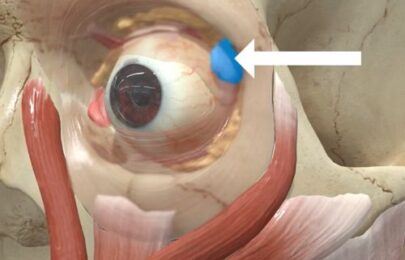 Bestseller
Bestseller
Avoiding Botox Eye Complications From Dry Eye to the ‘Psycho Look’
September 30, 2025


